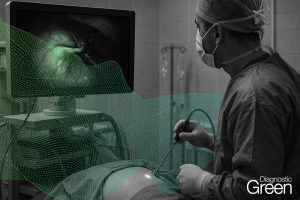Background: While sentinel lymph node (SLN) biopsy has been integrated into international guidelines for endometrial cancer, a standardized technique is still lacking. This study addresses whether the concurrent use of two tracers, technetium-99 (Tc) and indocyanine green (ICG), administered intracervically through distinct techniques, enhances the performance of SLN biopsies. As the blue dye is used routinely by some centers, it can be used alone; however, our analysis focused on only Tc and ICG (as is used in the majority of centers).
Methods: A prospective multicentric observational study was designed to evaluate the unilateral detection rate, bilateral detection rates, sensitivity, and consistency of SLNs when using both tracers simultaneously in patients with early-stage endometrial cancer.
Results: Our findings demonstrated that the simultaneous use of ICG and Tc significantly outperformed the use of either tracer alone. Unilateral detection rates were 69.2% for Tc, 84.9% for ICG, and 88.4% for both. Bilateral detection rates were 57.0% for Tc, 77.9% for ICG, and 83.6% for both. Additionally, the incidence of “empty pockets” was low with both tracers, at 2.7%. Notably, the concurrent application of both tracers identified instances where the Tc-labeled sentinel node differed from the ICG-labeled sentinel node.
Conclusions: The combined use of Tc and ICG in SLN biopsy for early-stage endometrial cancer significantly enhances detection rates and reduces the occurrence of “empty pockets”, potentially decreasing the need for site-specific lymphadenectomy.




